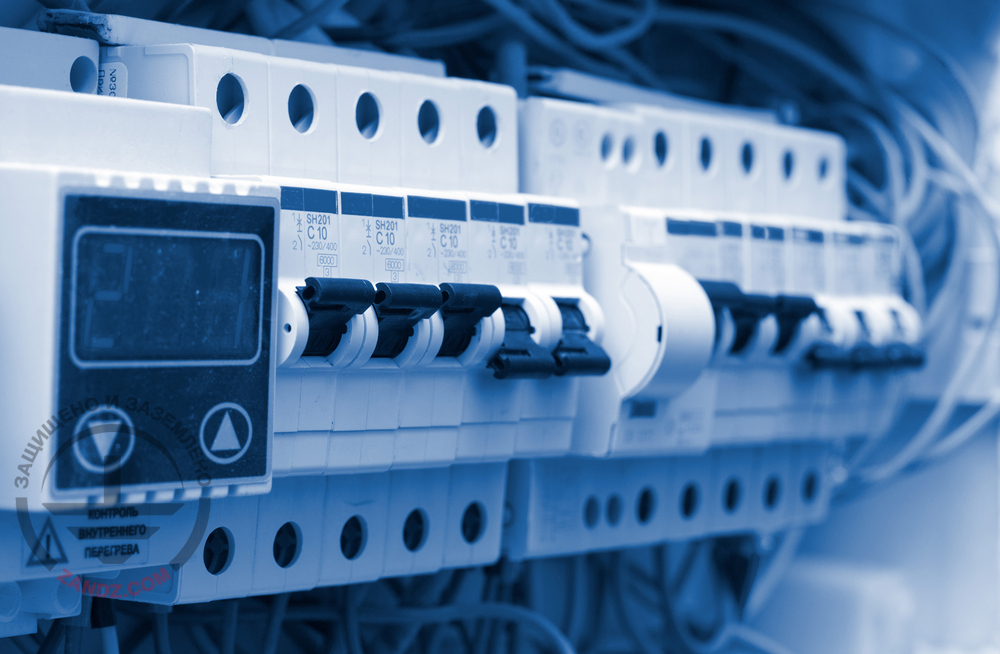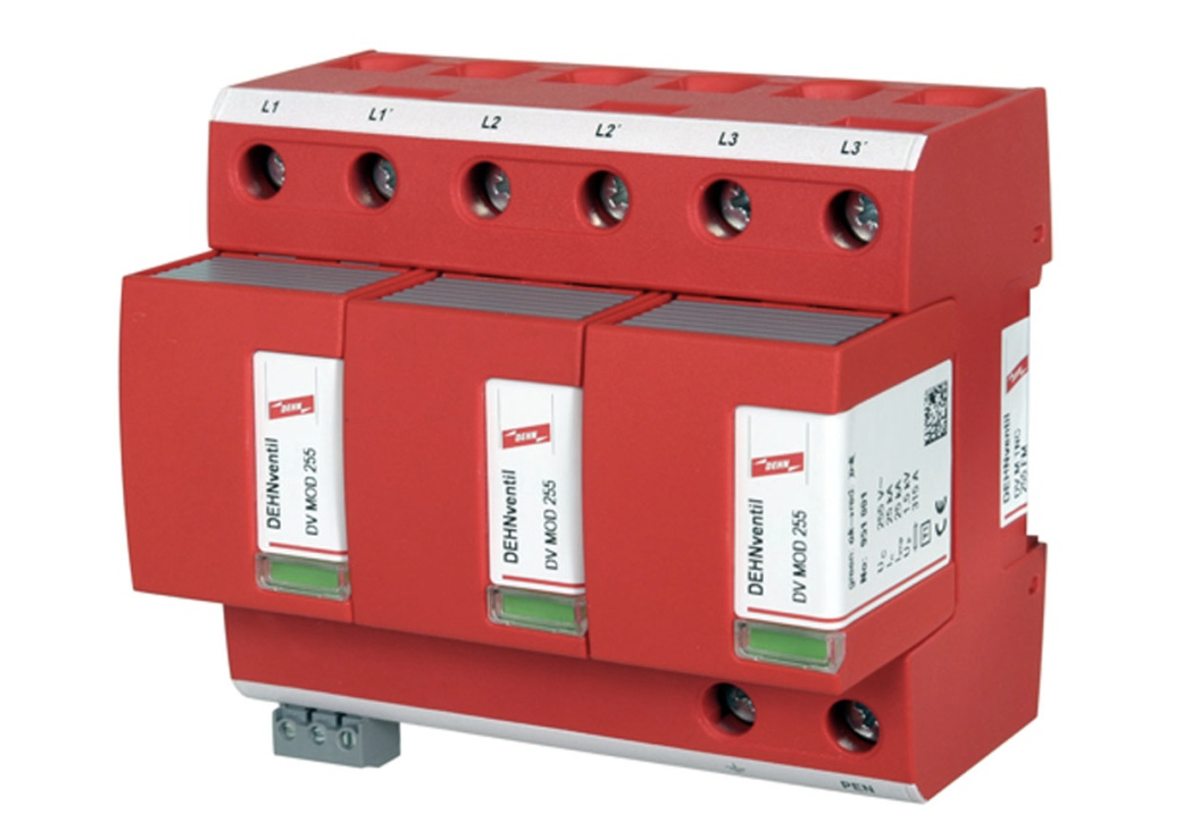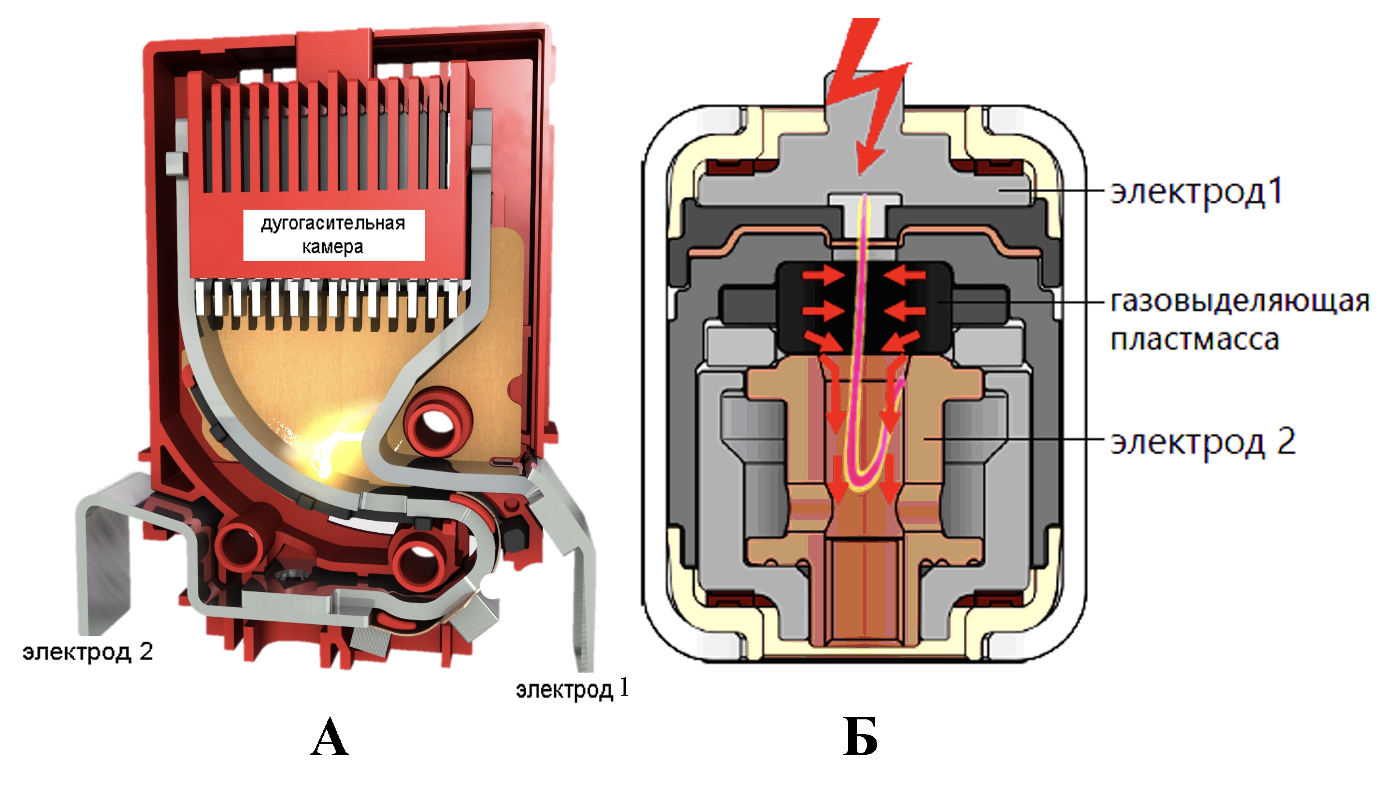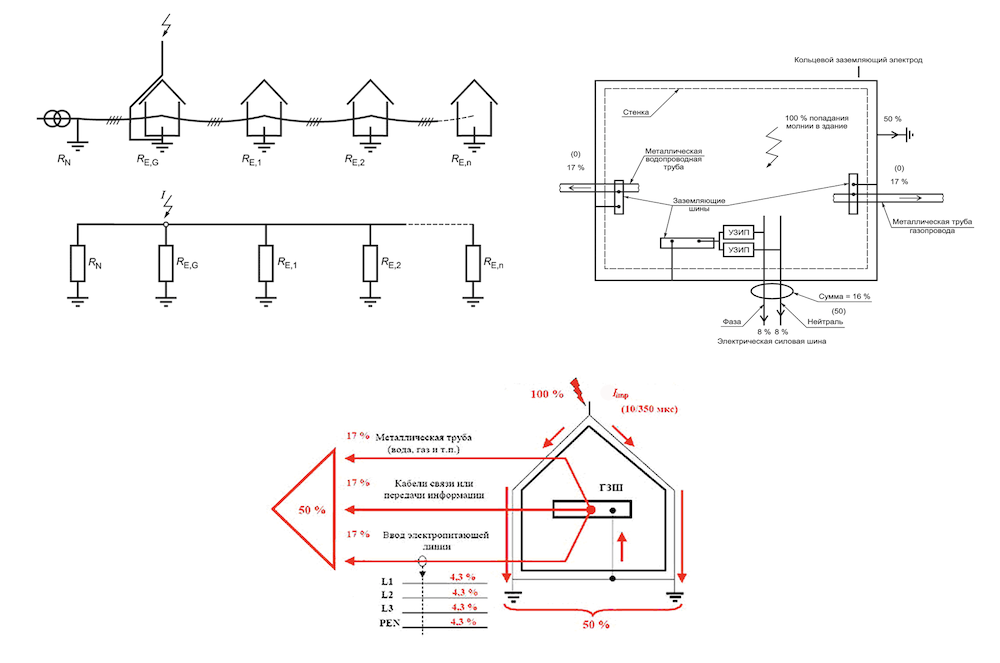
Сommon use of electronics in smart technical devices makes us constantly keep in mind that microelectronic units have a low electrical strength. Many of them can be damaged by voltage lower than 1,000 V. Time of exposure to such voltage is not particularly important. Even several fractions of a microsecond are enough. Such surges are triggered by short-time current spikes of various origins, e.g. by start-up currents of high-power motors located at a significant distance from the electronic unit.
And the lightning is what can be thought of right away. With the current up to 200 kA and growth rate up to 2 x 1011 A/s, it does not have any competitors among natural events in terms of electromagnetic effects, and in engineering, we can only compare it with a high-altitude nuclear explosion. We are talking about more than the direct lightning strike into the protected facility. Even a remote lightning can be dangerous even though it is located at the distance of several hundred meters. It is clear that remote effects occur much more often than the direct strike. We cannot ignore this fact.
Many technical devices really need to be protected from electromagnetic field of the lightning. Although we cannot prevent electromagnetic interference, we have to think about how to create barriers in their way to the protected facility. In this case, protection means should be technologically advanced. As a result, the attention is paid to the devices capable of interfering with operations of the protected electrical circuit only for a short time, directly at the surge excitation, and they have to do that very quickly and automatically, without the interference of the operating personnel. The idea of using SDPs has emerged exactly this way.
Read more details in the article by Prof. E. M. Bazelyan SDPs Unvarnished.
Related Articles:




